Importance of Clean Water During Emergencies
In times of crisis, whether it’s a natural disaster, a pandemic, or any unforeseen emergency, the availability of clean water becomes a lifeline for survival. Imagine being in a situation where your usual sources of water are compromised—what would you do? The reality is that clean water is not just a luxury; it’s a necessity for maintaining health, hygiene, and overall safety. Without it, the risk of disease skyrockets, and the very essence of life is threatened.
During emergencies, the demand for clean water surges, and this can lead to panic and confusion. Communities must act swiftly and efficiently to secure safe drinking water. The importance of having a clear plan for water access cannot be overstated. It’s like having a fire extinguisher at home; you hope you never need it, but when the time comes, you’re grateful it’s there. In the chaos of an emergency, knowing where to find clean water can mean the difference between life and death.
Furthermore, clean water is crucial for sanitation and hygiene. In the aftermath of a disaster, the risk of waterborne diseases increases dramatically. Contaminated water can lead to outbreaks of illnesses such as cholera, dysentery, and typhoid fever, which can spread like wildfire in crowded conditions. Therefore, ensuring access to clean water during emergencies is not just about quenching thirst; it’s about protecting public health and preventing a secondary crisis.
In addition, the psychological impact of having access to clean water during emergencies should not be overlooked. Access to safe water can provide a sense of normalcy and control amidst chaos. It’s a fundamental aspect of human dignity. When people feel secure about their water supply, they are more likely to focus on recovery and rebuilding their lives.
In conclusion, the importance of clean water during emergencies cannot be emphasized enough. It is a critical component of health, safety, and overall community resilience. As we delve deeper into this article, we’ll explore the health risks associated with contaminated water, identify reliable emergency water sources, and discuss the roles that government and communities play in ensuring access to this vital resource.
- Why is clean water essential during emergencies? Clean water is vital for hydration, sanitation, and preventing disease outbreaks.
- What are the health risks of contaminated water? Contaminated water can lead to severe illnesses, including cholera and dysentery.
- How can communities prepare for water shortages during emergencies? Communities can prepare by identifying local water sources and implementing purification methods.
- What purification methods can be used in emergencies? Boiling, filtration, and chemical treatments are common methods to purify water.
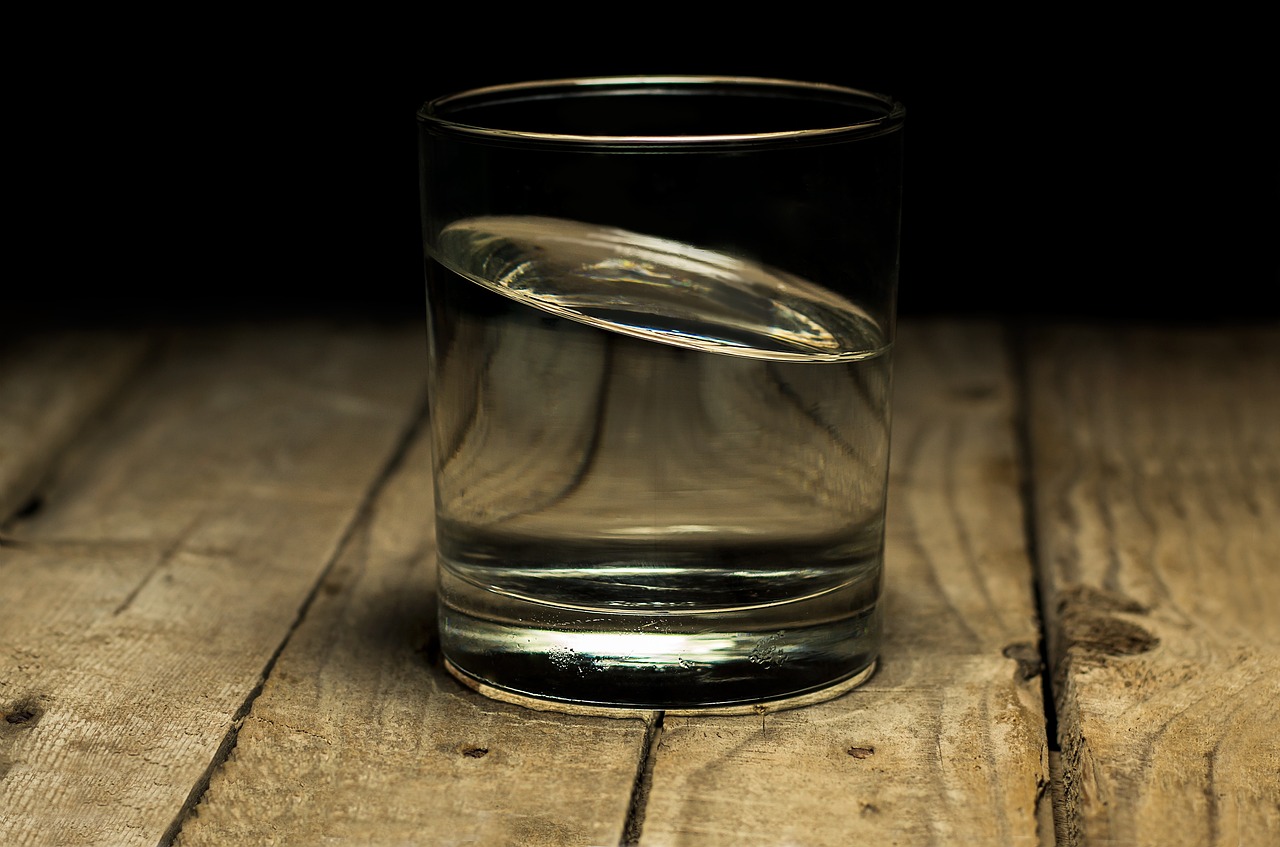
Health Risks of Contaminated Water
When we think about emergencies, our minds often race to images of chaos, destruction, and the urgent need for safety. But what many don’t realize is that amidst all that turmoil, the **quality of water** becomes an unsung hero—or a silent villain. Contaminated water can lead to a host of **serious health risks**, turning a crisis into a catastrophe. Imagine a situation where you’re trying to survive, only to find that the very water you rely on is making you sick. It’s a nightmare scenario that highlights the critical importance of clean water during emergencies.
Waterborne diseases are among the most significant threats posed by contaminated water. These diseases can spread like wildfire in crowded conditions, where people are already vulnerable due to stress, lack of food, and other hardships. The World Health Organization (WHO) estimates that **2 billion people** globally use a drinking water source contaminated with feces. This statistic is alarming, especially during crises when access to clean water is compromised. Some of the most common waterborne diseases include:
- Cholera: Caused by the bacterium Vibrio cholerae, cholera can lead to severe dehydration and even death within hours if untreated.
- Typhoid Fever: This bacterial infection can cause high fever, weakness, and abdominal pain, making it a serious concern during emergencies.
- Giardiasis: Often referred to as "beaver fever," this parasite can cause gastrointestinal distress and is easily spread through contaminated water.
- Hepatitis A: This viral infection affects the liver and can spread through contaminated water, leading to serious health issues.
But it’s not just the immediate diseases that pose a threat. Long-term exposure to contaminated water can lead to chronic health issues, including kidney damage and neurological disorders. In emergencies, people may resort to drinking from unsafe sources, unaware of the lurking dangers. The psychological toll can also be profound; the stress of worrying about water quality can exacerbate existing mental health issues, creating a vicious cycle of anxiety and illness.
In addition to health risks, contaminated water can also lead to **economic repercussions**. Hospitals become overwhelmed with patients suffering from waterborne diseases, diverting resources away from other critical needs. Communities may face **increased healthcare costs**, loss of productivity, and a prolonged recovery period. It’s a stark reminder that the consequences of contaminated water extend far beyond individual health; they ripple through entire communities, affecting everyone.
Understanding these risks is paramount for effective disaster management and public health strategies. It’s not enough to simply provide water; we must ensure that it is safe to drink. This requires a multi-faceted approach that includes proper sanitation, education on water safety, and robust emergency response plans. By prioritizing clean water access during emergencies, we can save lives and foster resilience in our communities.
1. What are the signs that water may be contaminated?
Look for unusual odors, colors, or tastes in the water. Additionally, if there are reports of illness in your community, it’s best to assume the water may be unsafe.
2. How can I purify water during an emergency?
You can purify water by boiling it for at least one minute, using water purification tablets, or employing a filtration system designed to remove pathogens.
3. What should I do if I suspect my water is contaminated?
Do not drink the water. Use alternative sources if available, and report the issue to local health authorities for further testing and guidance.
4. How can communities prepare for water supply issues during emergencies?
Communities can prepare by developing emergency response plans that include water safety protocols, educating residents on purification methods, and establishing reliable water sources ahead of time.
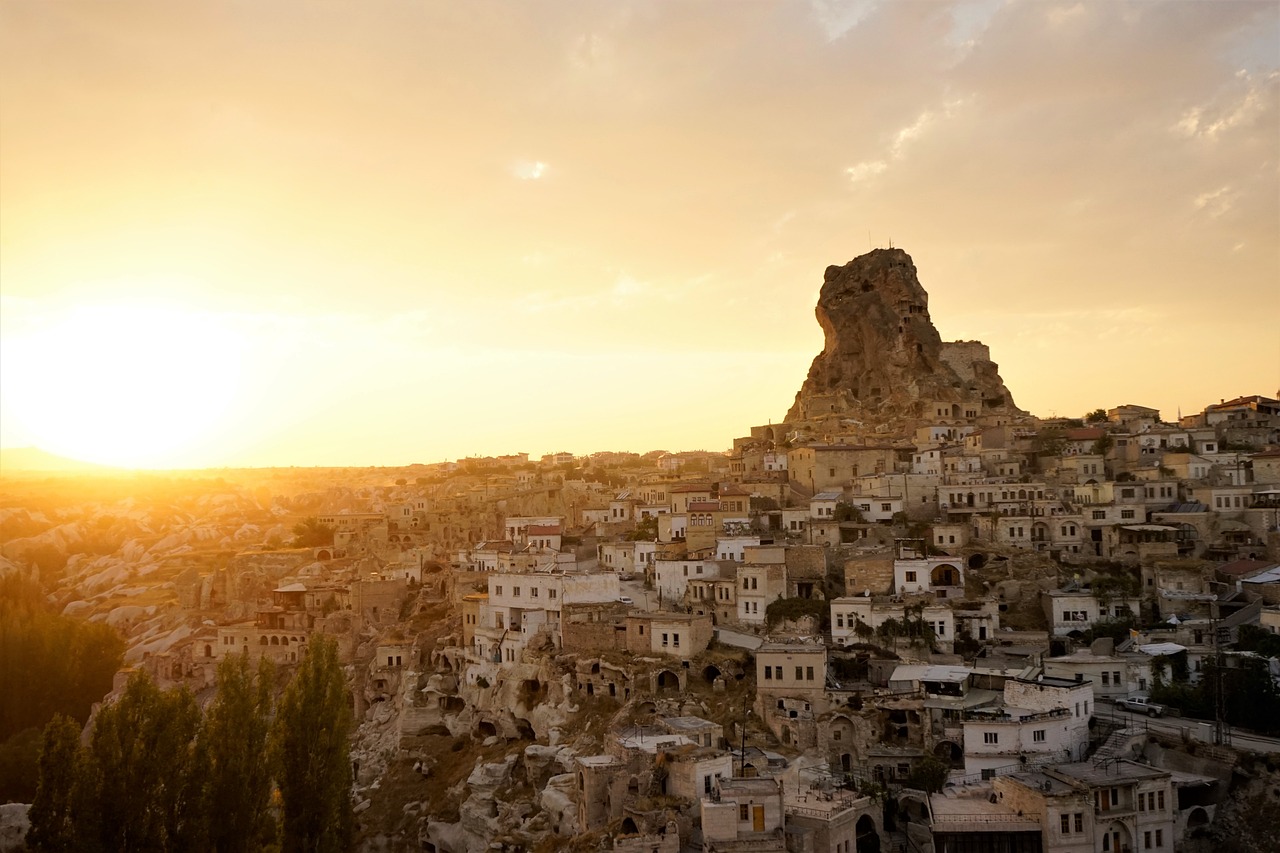
Emergency Water Sources
When disaster strikes, the importance of having access to clean water cannot be overstated. In emergencies, traditional water supply systems can become compromised, making it crucial to identify alternative sources of water. Communities must be prepared to tap into various emergency water sources to ensure that they can maintain hydration and sanitation during crises. These sources can be both natural and man-made, and knowing how to utilize them effectively can mean the difference between health and illness.
Natural water sources are often the first option that comes to mind. Rivers, lakes, and streams can provide a significant amount of water, but they come with their own set of challenges. Water from these sources is not always safe to drink due to potential contamination from pollutants, chemicals, and pathogens. Therefore, understanding how to locate and purify these natural sources is essential. For instance, knowing the local geography can help residents identify nearby rivers or lakes that could serve as a water supply during an emergency.
In addition to natural sources, emergency supplies are another critical avenue for obtaining clean water. Many communities have stockpiles of bottled water or water purification tablets that can be distributed during a crisis. It’s advisable for households to maintain an emergency supply of water, typically recommended at one gallon per person per day for at least three days. This ensures that families have enough water for drinking, cooking, and sanitation needs.
To further illustrate the various emergency water sources, here’s a quick overview:
| Source Type | Description | Purification Needed? |
|---|---|---|
| Natural Sources | Includes rivers, lakes, and streams. | Yes |
| Bottled Water | Pre-packaged water available in stores. | No |
| Rainwater | Collected from roofs and surfaces during rainfall. | Yes |
| Municipal Supplies | Tap water from local treatment facilities. | Depends on the situation |
In addition to these sources, rainwater harvesting has emerged as a practical solution for many communities. By collecting rainwater from rooftops and other surfaces, households can create a sustainable water supply that can be utilized during emergencies. This method not only helps in times of need but also promotes environmental sustainability. However, it’s essential to ensure that the collected rainwater is properly filtered and purified before consumption.
In summary, being aware of various emergency water sources and understanding how to access and purify them is vital for survival during crises. Whether it’s utilizing natural sources, relying on emergency supplies, or harvesting rainwater, communities must be prepared to secure clean water when it matters most. The next step is ensuring that this water is stored safely to prevent contamination, which is crucial for maintaining public health during emergencies.
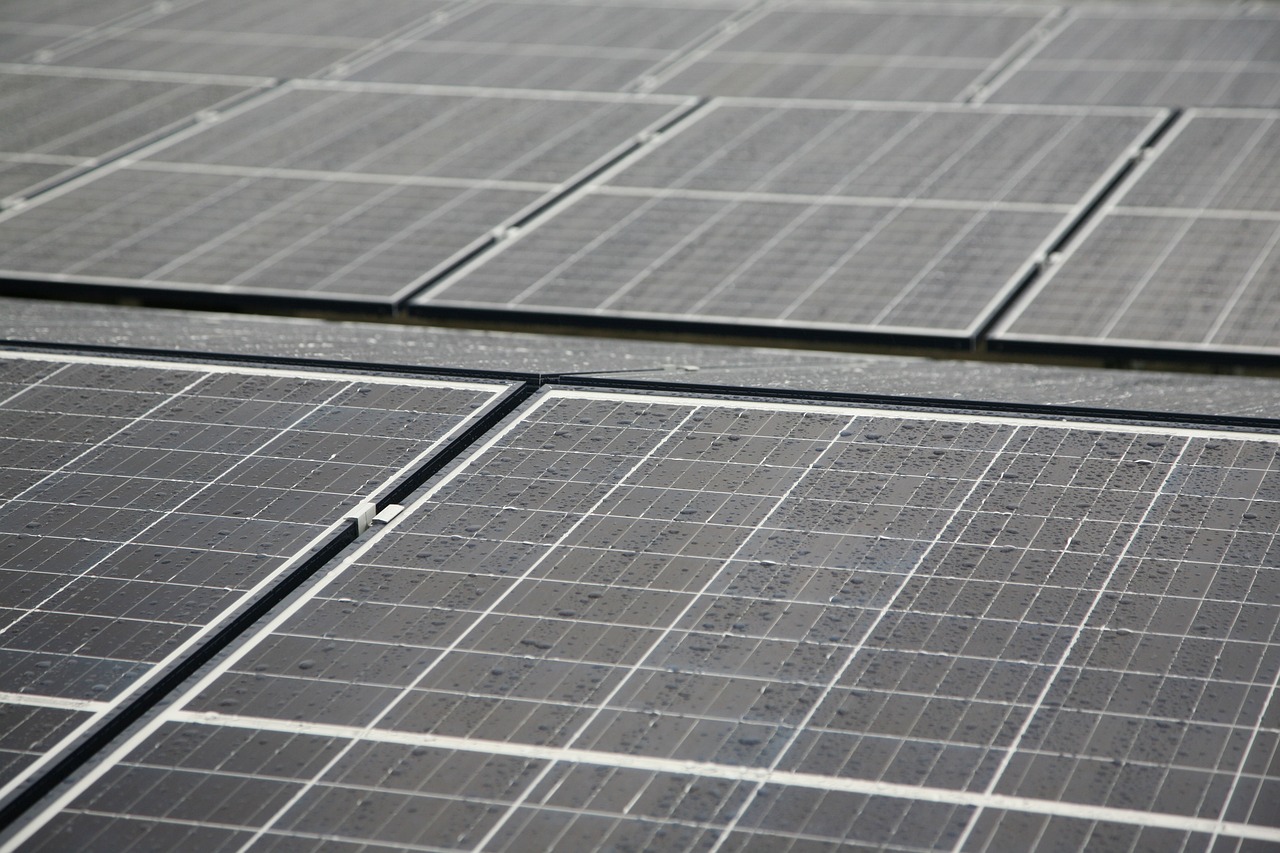
Natural Water Sources
When disaster strikes, finding clean water can become a daunting task, yet nature often provides us with valuable resources that can help. Natural water sources, such as rivers, lakes, and streams, can serve as potential lifelines during emergencies. However, just because water flows freely from these sources does not mean it is safe to drink. In fact, many of these water bodies can be contaminated with harmful bacteria, pollutants, or chemicals, especially in times of crisis when infrastructure may fail. Therefore, understanding how to identify and utilize these resources safely is crucial for survival.
First off, let's talk about rivers and lakes. These are typically the most accessible natural water sources. During an emergency, they can be a primary source of water for many communities. But before you fill your canteen with that refreshing-looking river water, consider this: it may contain pathogens that can lead to severe illnesses. Waterborne diseases like cholera or giardiasis can spread rapidly in situations where sanitation practices are compromised, making it vital to treat any water collected from these sources.
To ensure that the water you collect is safe, it’s important to familiarize yourself with various purification methods. Here are a few effective techniques:
- Boiling: Bringing water to a rolling boil for at least one minute can kill most pathogens.
- Filtration: Using portable water filters can remove bacteria and protozoa, making the water safer to drink.
- Chemical Treatment: Water purification tablets or household bleach can be used to disinfect water, but it’s essential to follow the instructions carefully.
Another natural source worth considering is rainwater. Rainwater harvesting is not only an efficient way to collect water during emergencies but also a sustainable practice that can supplement existing water supplies. Setting up a simple collection system, like a rain barrel, can provide a reservoir of clean water for drinking and sanitation needs. Just make sure to use clean containers to avoid contamination from debris or pollutants.
In summary, while natural water sources can provide much-needed hydration during emergencies, they require careful management and purification to ensure safety. By understanding how to identify these sources and applying effective purification methods, communities can enhance their chances of survival in crisis situations. Remember, knowledge is power, and being prepared can make all the difference when every drop counts.
Q: Can I drink water directly from a river or lake?
A: It's not advisable to drink untreated water from rivers or lakes as it may contain harmful pathogens. Always purify the water before consumption.
Q: What are the best methods for purifying natural water?
A: The most effective methods include boiling, filtration, and chemical treatment with purification tablets or bleach.
Q: How can I collect rainwater during an emergency?
A: Use clean containers or rain barrels to collect rainwater. Ensure the collection system is free from debris to minimize contamination.
Q: How much water should I store for emergencies?
A: It's recommended to store at least one gallon of water per person per day for at least three days, but having more is always better.
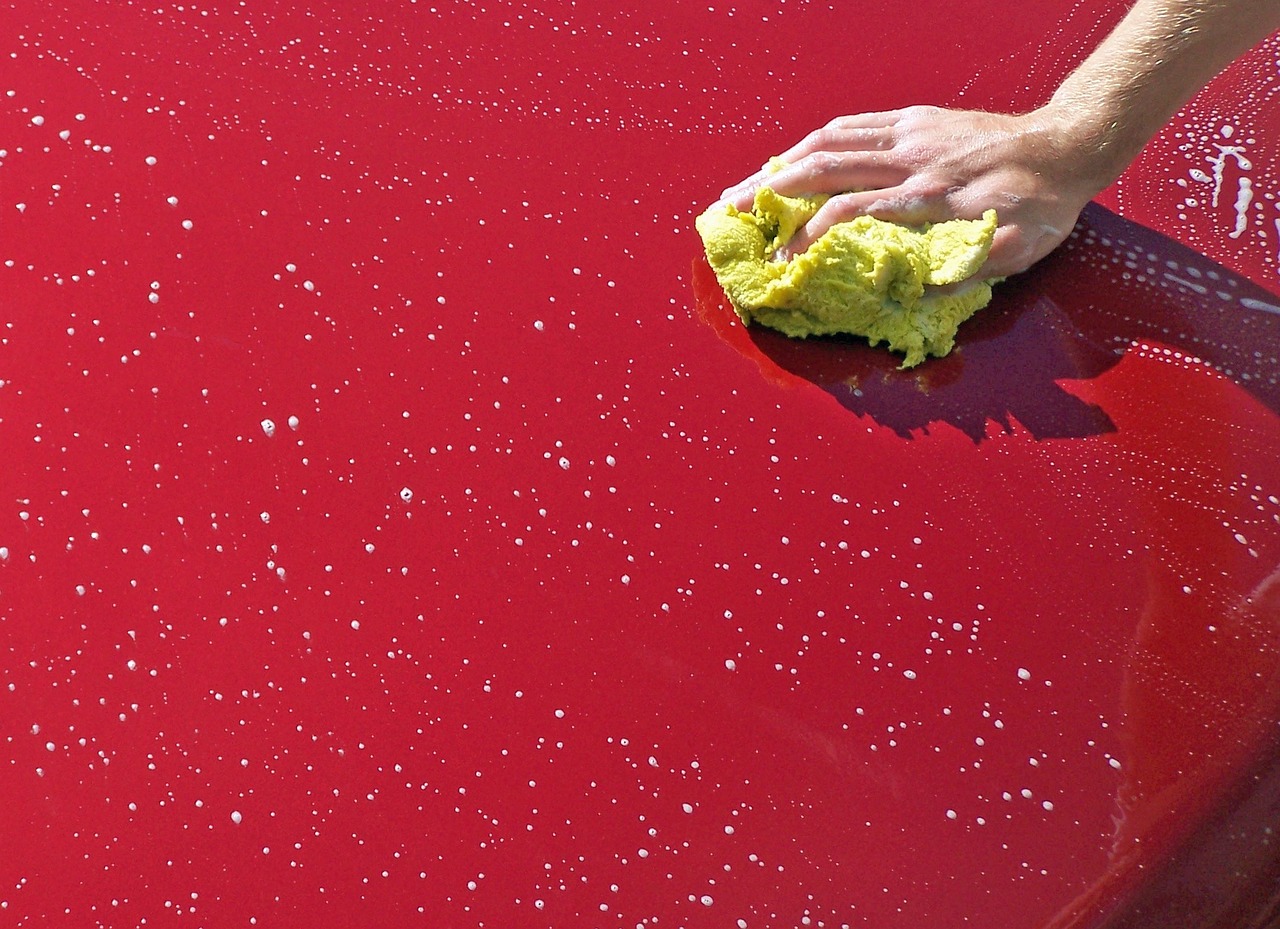
Purification Methods
When it comes to ensuring safe drinking water during emergencies, are your best friends. In many crisis situations, the water available from natural sources like rivers, lakes, or even rainwater can be contaminated with harmful bacteria, viruses, and chemicals. Therefore, understanding how to purify water effectively becomes paramount. After all, would you want to risk your health by drinking untreated water? Of course not!
There are several reliable methods to purify water, each with its own pros and cons. Let’s explore some of the most effective techniques:
- Boiling: This is one of the simplest and most effective methods. Boiling water for at least one minute kills most pathogens. If you’re at higher altitudes, increase the boiling time to three minutes. This method is energy-intensive but guarantees that harmful organisms are eliminated.
- Filtration: Using a water filter can remove impurities and pathogens. There are various types of filters available, from portable filter straws to larger systems designed for home use. Look for filters that can eliminate bacteria and protozoa, and check if they are certified by organizations like the NSF.
- Chemical Treatment: Chemicals like chlorine or iodine can be used to disinfect water. While effective, it’s essential to follow the manufacturer's instructions carefully. Remember that chemical treatments can leave an aftertaste, so it might not be the most pleasant option.
- Solar Disinfection (SODIS): This method utilizes sunlight to purify water. By filling clear plastic bottles with water and leaving them in direct sunlight for at least six hours, UV rays can kill pathogens. It’s a low-cost method, but it requires sunny weather and clear bottles.
Each of these methods has its place in emergency scenarios, and the choice often depends on the resources available and the specific contaminants present in the water. For example, if you have access to a heat source, boiling might be your go-to method. However, if you’re on the move, a portable filter or chemical treatment might be more practical.
It's also worth noting that combining methods can enhance effectiveness. For instance, filtering followed by boiling can ensure that any remaining pathogens are eliminated. This layered approach is akin to wearing a belt and suspenders—you can never be too safe!
In conclusion, understanding and implementing effective purification methods can be the difference between health and illness during emergencies. Always remember to assess your situation and choose the method that best fits your needs and available resources. After all, clean water is not just a necessity; it's a lifeline!
Q1: How long should I boil water to purify it?
A1: Boil water for at least one minute to kill most pathogens. If you're at altitudes above 6,500 feet, boil for three minutes.
Q2: Can I use regular household bleach to purify water?
A2: Yes, unscented household bleach can be used. Add 8 drops (about 1/8 teaspoon) of bleach per gallon of water, stir, and let it sit for at least 30 minutes before using.
Q3: Is solar disinfection effective in cloudy weather?
A3: Solar disinfection is less effective in cloudy weather, as UV rays are diminished. However, if you can find a few hours of sunlight, it can still help to some extent.
Q4: What should I do if I suspect my water is contaminated?
A4: If you suspect contamination, do not drink it. Use purification methods such as boiling, filtering, or chemical treatment before consumption.
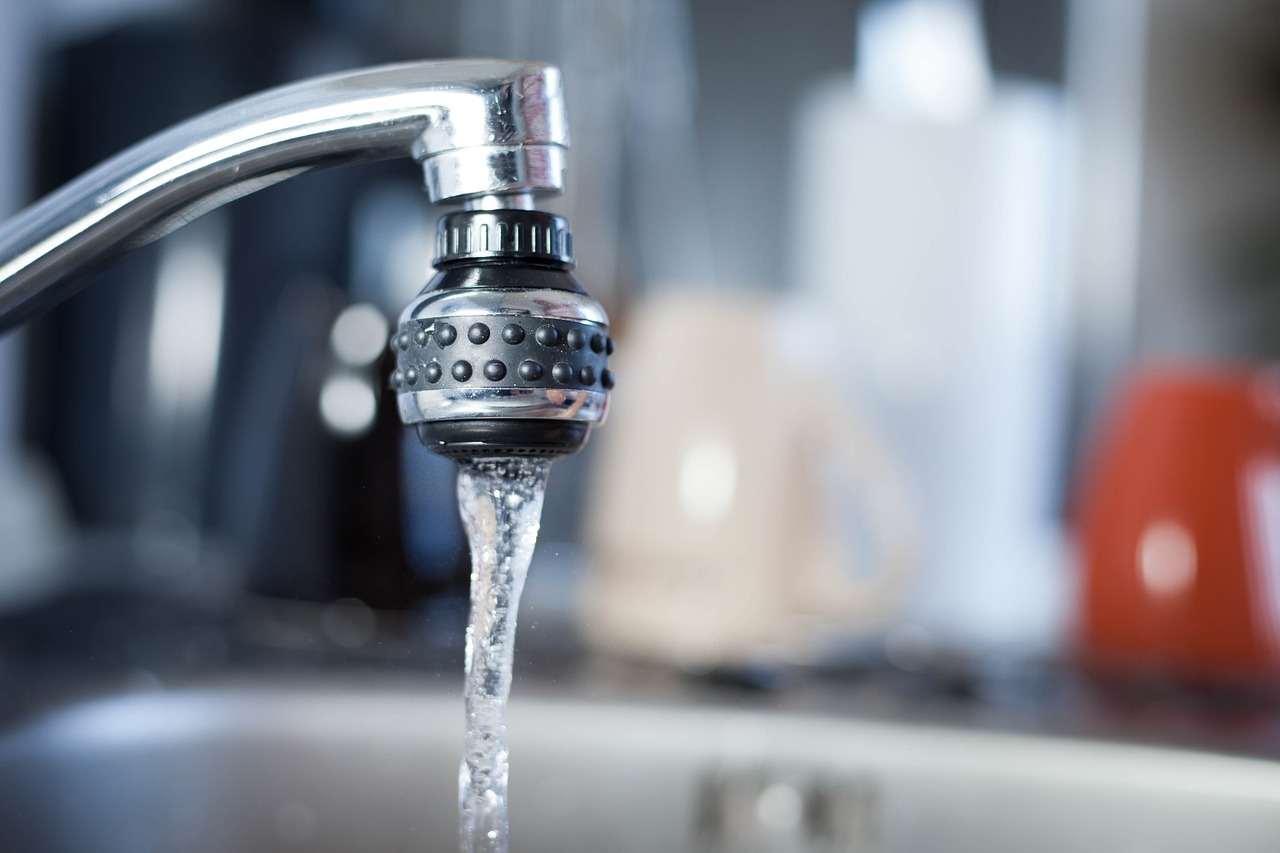
Rainwater Harvesting
Rainwater harvesting is not just a buzzword; it's a practical and sustainable solution for communities facing water shortages during emergencies. Imagine the sky opening up, pouring down life-giving water, and instead of letting it flow away, you catch it! This method allows you to collect and store rainwater, which can be a vital resource when clean water is scarce. It's like having nature's own reservoir right at your fingertips, ready to be tapped into when the need arises.
One of the most appealing aspects of rainwater harvesting is its simplicity. All you need is a collection system, which can be as basic as a rain barrel placed under a downspout or as elaborate as a full-scale cistern. The collected rainwater can be used for various purposes such as drinking, cooking, and sanitation, provided it is properly treated. But wait, there’s more! This method not only provides a backup water supply but also helps reduce the burden on municipal water systems, especially during peak demand times.
To effectively implement rainwater harvesting, it’s essential to consider a few key factors:
- Catchment Area: The surface area where rainwater will be collected. This can be a roof, patio, or any surface that directs water into your system.
- Storage System: The tank or barrel where rainwater will be stored. The size of your storage system should be based on your water needs and the average rainfall in your area.
- Filtration and Treatment: Before using harvested rainwater for drinking or cooking, it must be filtered and treated to remove contaminants. Simple filtration methods include using mesh screens to catch debris, while more advanced methods might involve UV treatment or chemical disinfection.
Moreover, rainwater harvesting can be a community effort! Neighborhoods can band together to create larger collection systems, pooling resources to build a more substantial infrastructure. This not only fosters a sense of community but also ensures that everyone has access to clean water during emergencies. Think of it as a community potluck, but instead of food, you’re sharing water!
In conclusion, rainwater harvesting is a practical, eco-friendly solution that can significantly contribute to water security during emergencies. By leveraging this natural resource, communities can enhance their resilience against water shortages, ensuring that clean water is always within reach. So, the next time it rains, think about how you can harness that water for a better tomorrow!
Q1: Is rainwater safe to drink?
A1: Rainwater can be safe to drink if properly collected and treated. It's essential to use filtration and disinfection methods to remove any contaminants.
Q2: How much rainwater can I collect?
A2: The amount of rainwater you can collect depends on your catchment area and the amount of rainfall. Generally, a well-designed system can significantly reduce your reliance on municipal water sources.
Q3: Can I use rainwater for gardening?
A3: Absolutely! Rainwater is great for plants as it is free from the chemicals often found in tap water. Just ensure that your collection system is clean.
Q4: What materials do I need for a rainwater harvesting system?
A4: Basic materials include a collection surface (like a roof), gutters, downspouts, storage tanks, and filtration systems. You can find many DIY guides online for building your own system.
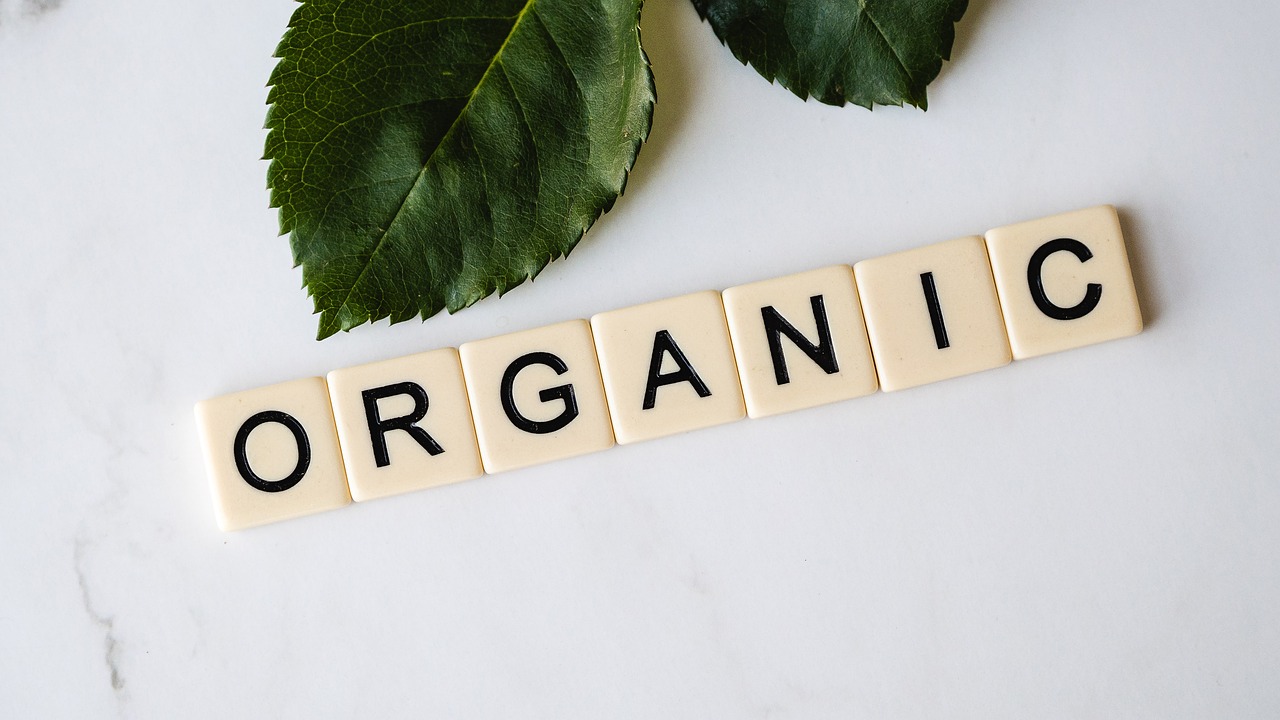
Emergency Water Storage
When disaster strikes, having a reliable supply of clean water can mean the difference between life and death. That's why is not just a good idea; it's a necessity. Imagine being caught in a storm, your home flooded, and the tap runs dry. What would you do? This is where proper water storage comes into play, allowing you to prepare for the unexpected.
First and foremost, it's essential to understand how much water you need to store. The general guideline is to have at least one gallon of water per person per day. For a family of four, that translates to a minimum of 12 gallons for three days. But let's be honest—who wants to run out of water when you need it most? Storing a bit more can provide peace of mind.
Now, let's talk about how to store water safely and effectively. The right containers are crucial. You can use food-grade plastic containers, glass bottles, or even commercially bottled water. However, avoid using containers that previously held chemicals or non-food substances, as they may contaminate your water supply. Always ensure that your containers are clean and sanitized before filling them.
Once you've got your containers ready, it's important to think about where to store them. Ideally, you should keep your water supply in a cool, dark place away from direct sunlight. UV rays can promote algae growth and degrade the plastic over time. A basement or a cupboard away from heat sources works best. Remember, temperature can affect water quality, so keeping it stable is crucial.
To help you visualize the best practices for emergency water storage, here's a handy table summarizing key points:
| Storage Method | Container Type | Storage Location |
|---|---|---|
| Household Storage | Food-grade plastic containers, glass bottles | Cool, dark place (e.g., basement) |
| Commercially Bottled Water | Plastic bottles | Any cool, dry location |
| Rainwater Collection | Rain barrels (food-grade) | Outside, away from debris |
Another critical aspect to consider is how often to refresh your stored water. Stagnant water can become a breeding ground for bacteria, so it's wise to rotate your supply every six months. Mark your containers with the date you filled them, so you can keep track of when it’s time for a refresh.
In addition to storing water, think about including filtration systems or purification tablets in your emergency kit. These can be lifesavers if your stored water somehow becomes contaminated. Being prepared means thinking ahead and having multiple strategies for ensuring access to clean water.
So, as you consider your emergency preparedness, remember that water storage is a fundamental component. It’s not just about having enough water; it’s about having safe, clean water when you need it most. After all, in the face of an emergency, every drop counts.
Q: How long can I store water for?
A: Water can be stored indefinitely if properly sealed and kept in a cool, dark place. However, it's recommended to refresh your supply every six months.
Q: What type of container is best for storing water?
A: Food-grade plastic containers or glass bottles are ideal. Avoid containers that previously held chemicals or non-food substances.
Q: Can I use tap water for storage?
A: Yes, tap water is safe for storage, but it's best to treat it with purification tablets or boil it to ensure it's free of contaminants before storing.
Q: How much water should I store for emergencies?
A: Aim for at least one gallon per person per day, with a minimum of three days' worth of water for each person in your household.

Government and Community Roles
The role of government and community in ensuring access to clean water during emergencies cannot be overstated. When disaster strikes, these two entities must work hand in hand to provide effective responses that prioritize the health and safety of affected populations. Without a coordinated effort, the consequences can be dire, leading to widespread health crises fueled by contaminated water sources.
Government agencies are often the first responders in emergencies. They are responsible for implementing emergency response plans that outline the steps to secure clean water. This includes mobilizing resources, establishing temporary water distribution centers, and ensuring that water quality is regularly tested. For instance, during a natural disaster, local governments may deploy water purification units to affected areas, ensuring that residents have access to safe drinking water.
On the other hand, communities play a crucial role in the response process. Local organizations and volunteers often step up to assist in distributing water supplies and educating residents about safe water practices. The community's knowledge of the area can be invaluable in identifying natural water sources and implementing effective water purification methods. When citizens are actively involved in the recovery efforts, it fosters a sense of ownership and responsibility, which can lead to more sustainable practices in the long run.
Moreover, collaboration between government agencies and community organizations is essential. This partnership can take many forms, such as:
- Joint training exercises to prepare for emergencies
- Public awareness campaigns about the importance of clean water
- Resource sharing between local governments and non-profit organizations
Emergency response plans must include provisions for clean water access. This involves not only having a stockpile of bottled water but also ensuring that communities are educated on how to purify water from natural sources. By focusing on preparedness, both government and community can mitigate the impacts of crises on water supplies. This proactive approach can significantly reduce the health risks associated with contaminated water.
Community education is another critical aspect. Public awareness campaigns can equip citizens with the knowledge they need to respond effectively during emergencies. For example, teaching residents how to identify safe water sources, recognize signs of contamination, and utilize purification methods can empower them to take action when help is delayed. Such initiatives not only improve immediate response outcomes but also foster a culture of preparedness that can benefit communities long after the crisis has passed.
In summary, the collaboration between government and community is vital in ensuring clean water access during emergencies. By working together, they can create a robust framework that not only addresses immediate needs but also builds resilience for the future. As we move forward, it is essential to recognize the interconnected roles of these entities and to support initiatives that enhance their ability to respond effectively in times of crisis.
Q: What should I do if my water supply is contaminated during an emergency?
A: If you suspect your water supply is contaminated, it is crucial to stop using it immediately. Use bottled water or purify natural water sources through boiling or filtration methods until the water supply is declared safe.
Q: How can communities prepare for water shortages during emergencies?
A: Communities can prepare by developing emergency response plans that include water access strategies, conducting training sessions, and raising awareness about water conservation and purification methods.
Q: What role does the government play in ensuring clean water access?
A: The government is responsible for implementing emergency response plans, providing resources for water purification, and ensuring that water quality is monitored during crises.
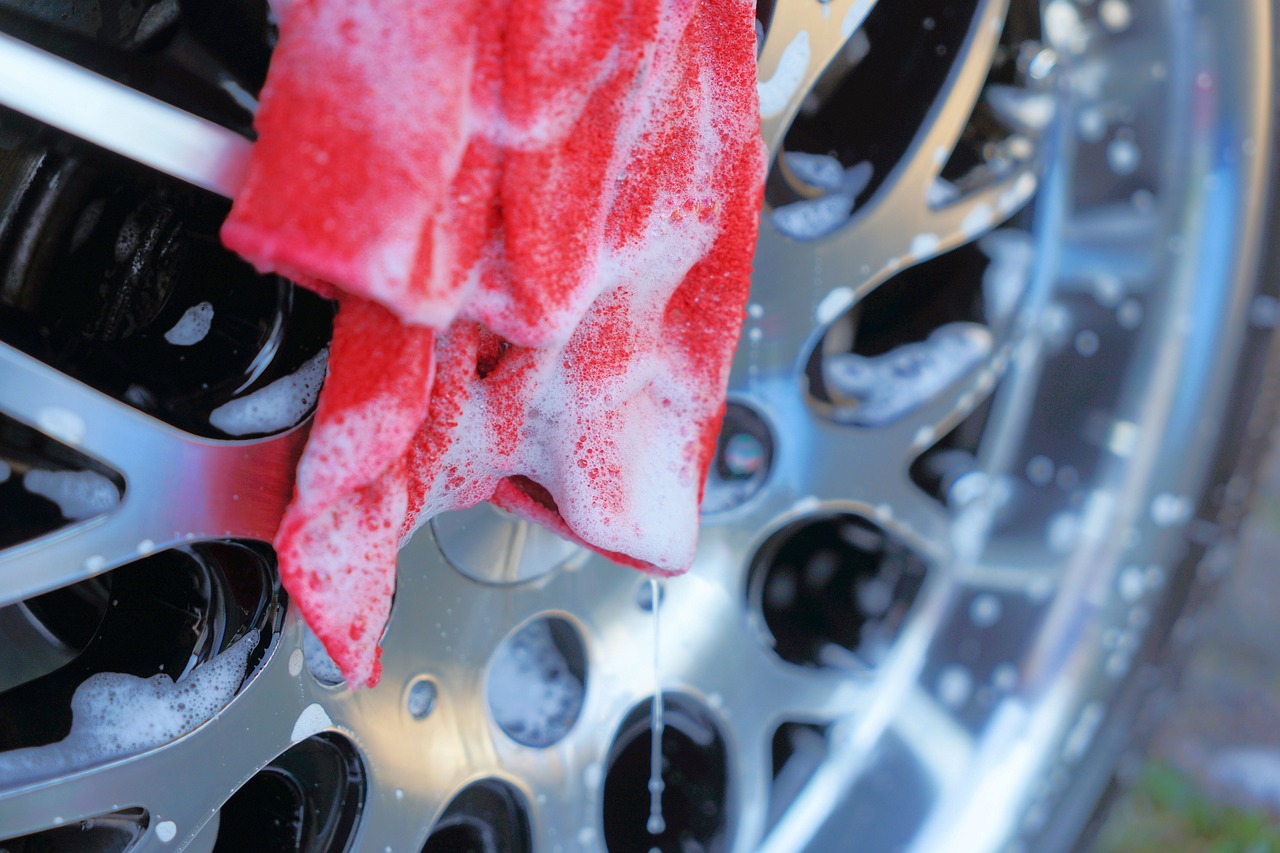
Emergency Response Plans
When it comes to emergencies, having a well-thought-out Emergency Response Plan is not just a luxury; it's a necessity. Imagine being caught in a crisis—be it a natural disaster like a hurricane or an unexpected water contamination incident. The chaos that ensues can be overwhelming, and without a solid plan, the consequences can be dire. One of the most critical components of these plans is ensuring access to clean water. How can communities prepare for such situations? What strategies can be implemented to guarantee that everyone has access to safe drinking water when it matters most?
First and foremost, emergency response plans should include a comprehensive assessment of local water sources. This means identifying both natural sources—like rivers, lakes, and streams—and existing infrastructure for water supply. Understanding where the clean water will come from during a crisis is essential. For instance, if a community relies heavily on a single reservoir, what happens if that reservoir becomes contaminated? By diversifying water sources and ensuring that multiple options are available, communities can mitigate risks significantly.
Another crucial aspect of these plans is the establishment of emergency water distribution points. During a crisis, people may not have the means to access clean water on their own. Hence, local governments must set up distribution centers where residents can easily obtain potable water. These centers should be strategically located to serve the largest number of people efficiently. For example, using community centers, schools, or parks can facilitate quick access to clean water.
Moreover, it’s essential to incorporate training and drills into the emergency response plans. Communities should regularly practice how to respond to water-related emergencies. This can include everything from understanding how to purify water using simple methods like boiling or filtration to knowing how to access emergency water supplies. When residents are well-informed and prepared, they are much more likely to respond effectively during an actual crisis.
In addition to physical preparations, communication plays a vital role in the success of emergency response plans. Communities must develop clear and effective communication strategies to inform residents about water safety and available resources during emergencies. This could involve using social media, local news outlets, or even community bulletin boards to disseminate information quickly. After all, in times of crisis, every second counts, and having up-to-date information can make all the difference.
Finally, collaboration with local organizations, government agencies, and non-profits can enhance the effectiveness of emergency response plans. By working together, these entities can pool resources, share knowledge, and create a robust support system that ensures access to clean water during emergencies. This collaborative approach not only strengthens the community's resilience but also fosters a sense of unity and shared responsibility.
In summary, creating an effective Emergency Response Plan that prioritizes clean water access involves a multi-faceted approach. From assessing water sources and establishing distribution points to training residents and fostering communication, every step is crucial. By being proactive and prepared, communities can navigate the stormy waters of emergencies with confidence and resilience.
- What should be included in an emergency response plan? An effective plan should assess local water sources, establish distribution points, provide training, and ensure clear communication strategies.
- How can communities purify water during an emergency? Communities can use methods like boiling, filtration, and chemical treatments to ensure that water is safe for drinking.
- Why is community training important? Training prepares residents to respond effectively to emergencies, ensuring that they know how to access and purify water when needed.
- What role do local organizations play in emergency response? Local organizations can collaborate with government agencies to enhance resources and support systems for clean water access during emergencies.
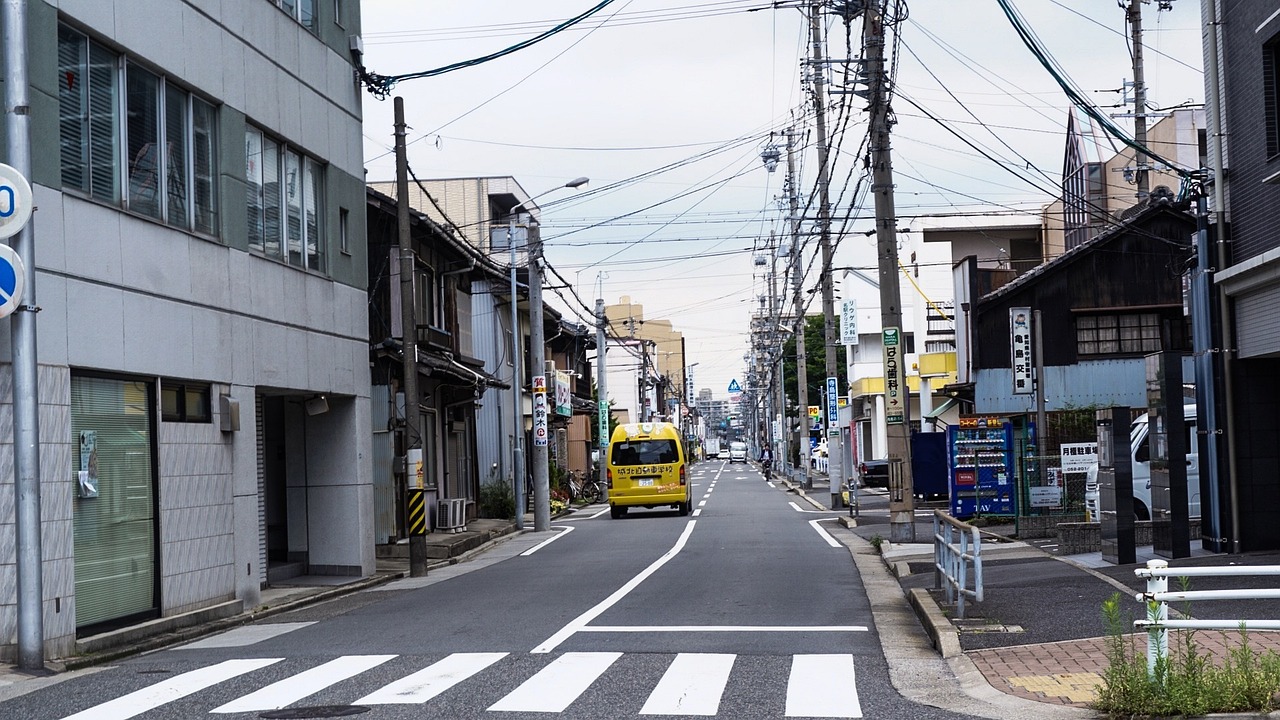
Community Education
Community education is a cornerstone of effective emergency preparedness, especially when it comes to ensuring access to clean water during crises. Imagine a community where every individual is equipped with the knowledge to secure safe drinking water; it’s like having a safety net that catches everyone during a fall. When disaster strikes, the last thing we want is confusion and panic over something as essential as water. By educating the public about water safety, we empower them to take action before, during, and after an emergency.
Education initiatives can take many forms, from workshops and seminars to informational pamphlets and online resources. These programs can cover a variety of topics, including:
- Identifying safe water sources
- Understanding the risks of contaminated water
- Learning purification techniques
- Implementing rainwater harvesting
- Proper water storage methods
Moreover, community education should not be a one-time event; it needs to be an ongoing conversation. Think of it like planting a seed: it requires regular care and attention to grow into something substantial. Regular workshops can keep the community engaged and informed about the latest safety practices and technologies. This not only promotes a culture of preparedness but also fosters a sense of community resilience.
Furthermore, local leaders and organizations can collaborate to create programs tailored to their specific needs. For example, schools can integrate water safety into their curricula, ensuring that even the youngest members of the community understand the importance of clean water. By involving various stakeholders—such as local governments, non-profits, and residents—these programs can become more effective and comprehensive.
Lastly, it's essential to utilize various communication channels to reach a wider audience. Social media platforms, community bulletin boards, and local radio stations can disseminate vital information quickly. The more people know about the importance of clean water and how to secure it, the more prepared the community will be in the face of an emergency. In essence, community education is not just about imparting knowledge; it’s about building a collective strength that can withstand the pressures of any crisis.
Here are some common questions regarding community education on clean water access during emergencies:
| Question | Answer |
|---|---|
| Why is community education important for water safety? | It empowers individuals with the knowledge to secure safe drinking water, reducing health risks during emergencies. |
| What topics should be covered in community education programs? | Safe water sources, purification methods, emergency storage techniques, and rainwater harvesting. |
| How can we reach more people with water safety information? | Utilize social media, local events, and partnerships with schools and organizations to spread the message. |
| How often should community education programs be held? | Regularly, to keep the community informed and engaged, ideally at least once or twice a year. |
Frequently Asked Questions
- Why is clean water so important during emergencies?
Clean water is crucial during emergencies because it directly impacts health and survival. In crisis situations, access to safe drinking water can prevent waterborne diseases, which can spread rapidly and lead to serious health issues. Without clean water, communities face greater risks, making it essential for disaster management and public health efforts.
- What are the health risks associated with contaminated water?
Contaminated water can lead to a variety of waterborne diseases such as cholera, dysentery, and typhoid fever. These illnesses can cause severe dehydration and can be life-threatening, particularly for vulnerable populations like children and the elderly. Understanding these risks is vital for communities to take proactive measures during emergencies.
- What are some reliable emergency water sources?
Reliable emergency water sources include natural sources like rivers, lakes, and springs, as well as stored supplies in homes or community reserves. In addition, rainwater harvesting can provide a sustainable option for collecting clean water during emergencies. It's essential to know your local resources and have a plan in place for accessing them.
- How can I purify natural water sources?
Purifying natural water can be done through several effective methods. Boiling water for at least one minute kills most pathogens. Filtration systems can also remove impurities, and chemical treatments, like iodine or chlorine tablets, can disinfect water. Knowing these techniques can ensure safe drinking water during emergencies.
- What is rainwater harvesting and how does it work?
Rainwater harvesting is the practice of collecting and storing rainwater for future use. It involves setting up a system of gutters and storage tanks to capture rainwater from rooftops. This method can supplement existing water supplies and provide a sustainable source of clean water during emergencies, especially in areas with limited access to safe water.
- How should I store water during an emergency?
Proper water storage during emergencies involves using clean, food-grade containers to prevent contamination. It's important to keep stored water in a cool, dark place and to rotate your supplies every six months. Labeling containers with the date of storage can help ensure that you use the oldest supplies first.
- What roles do government and communities play in ensuring access to clean water?
Government agencies are responsible for creating and implementing emergency response plans that include provisions for clean water access. Communities also play a vital role by collaborating with local organizations to ensure that everyone is informed about water safety and emergency preparedness. Together, they can create a more resilient response to crises.
- How can community education improve water safety during emergencies?
Community education on water safety can significantly enhance preparedness and response outcomes. By raising awareness about the importance of clean water and teaching residents about safe water practices, communities can reduce the risks associated with contaminated water and ensure that everyone knows how to respond effectively during emergencies.



















